

Prime Minister Laaulialemalietoa's FAST party is promising to focus on local agricultural developments and rely less on labour mobility schemes. The new budget will be debated in the coming weeks.
Photo/Laaulialemalietoa Polataivao Schmidt/Facebook
Between home and away: FAST’s challenge to rebuild without breaking the lifeline
The government wants to “rebalance” Sāmoa’s reliance on overseas work, but with no domestic sector ready to fill the gap, that ambition could be harder to deliver than to declare.

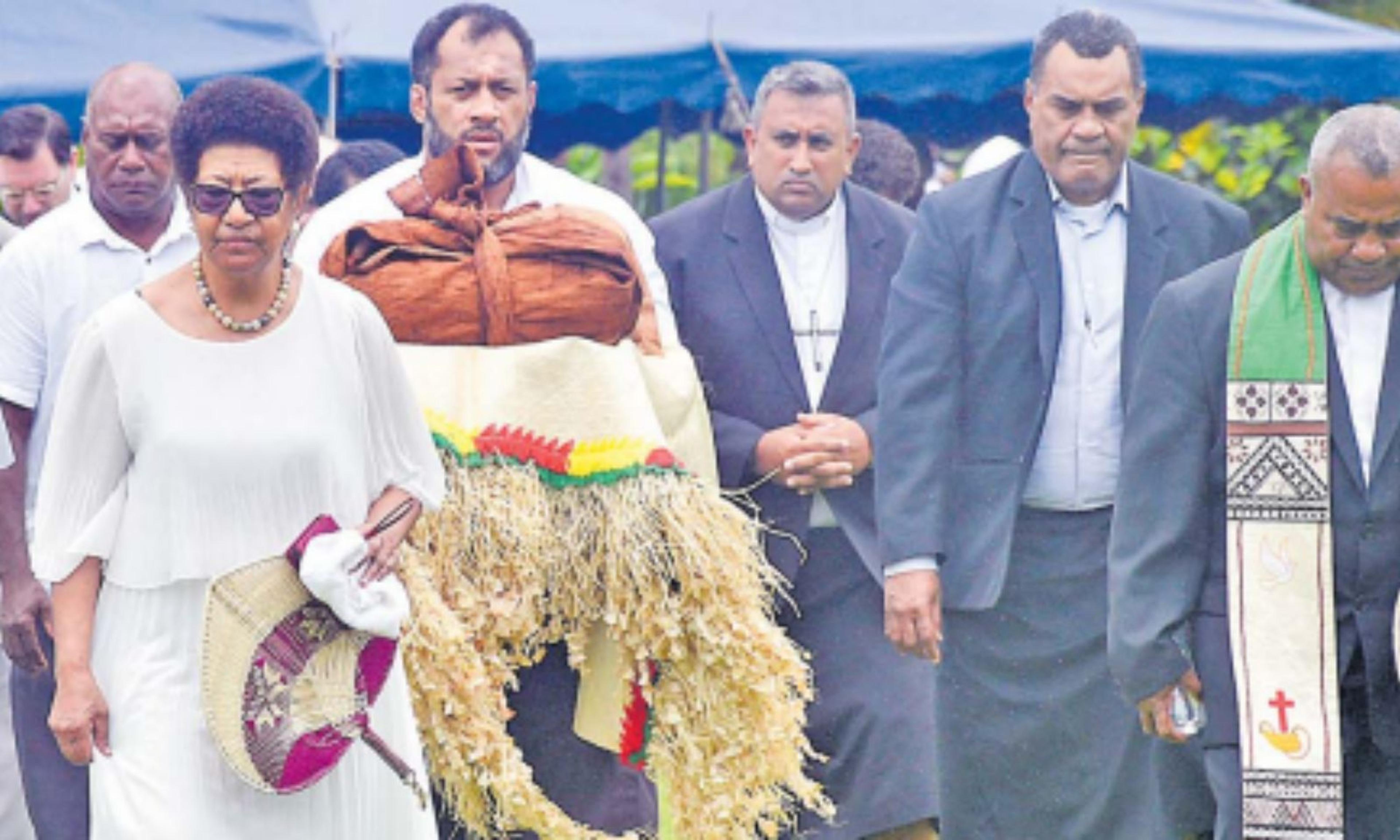
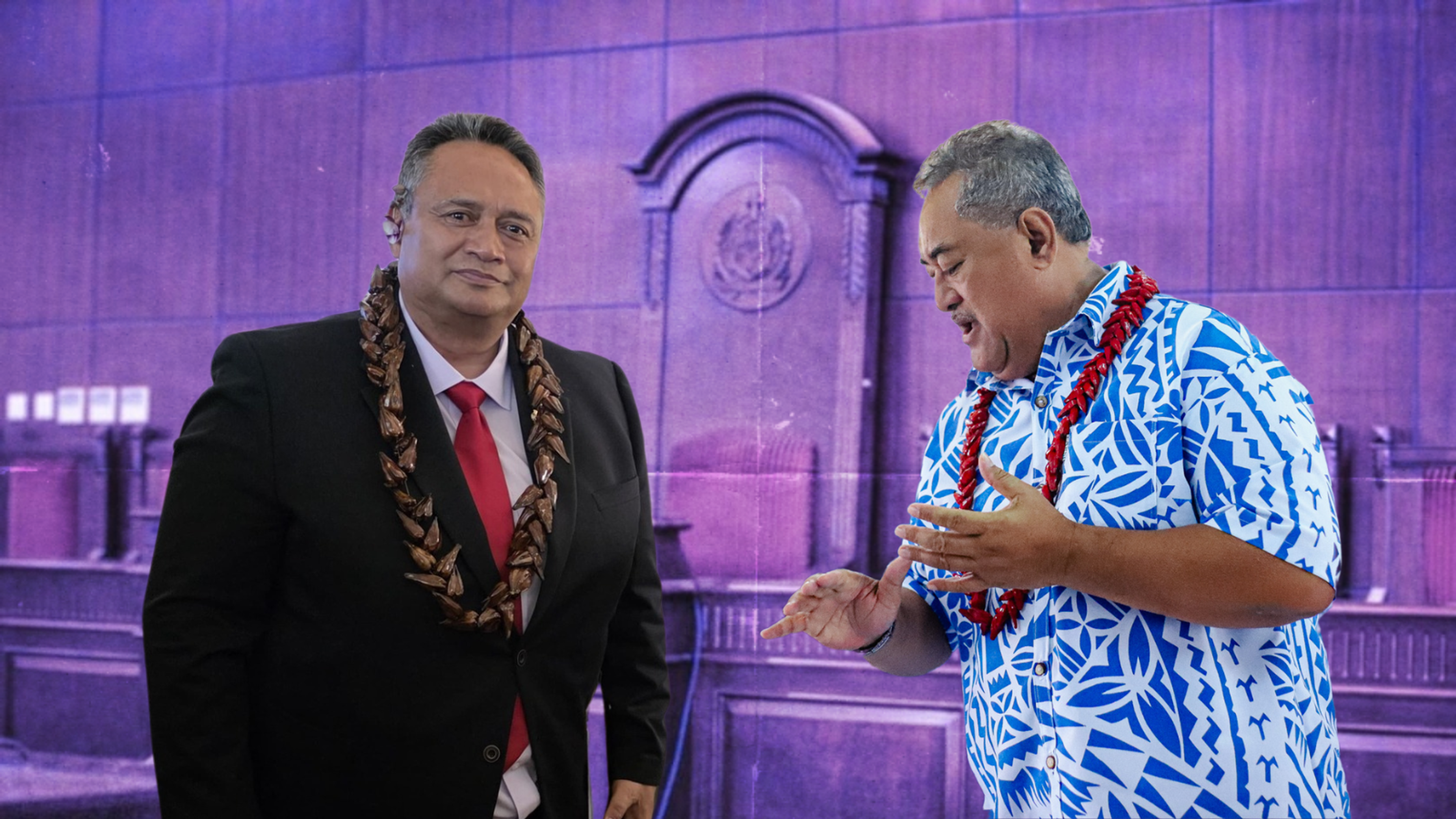
Sāmoa court blocks withdrawal of Falealili I election petitions
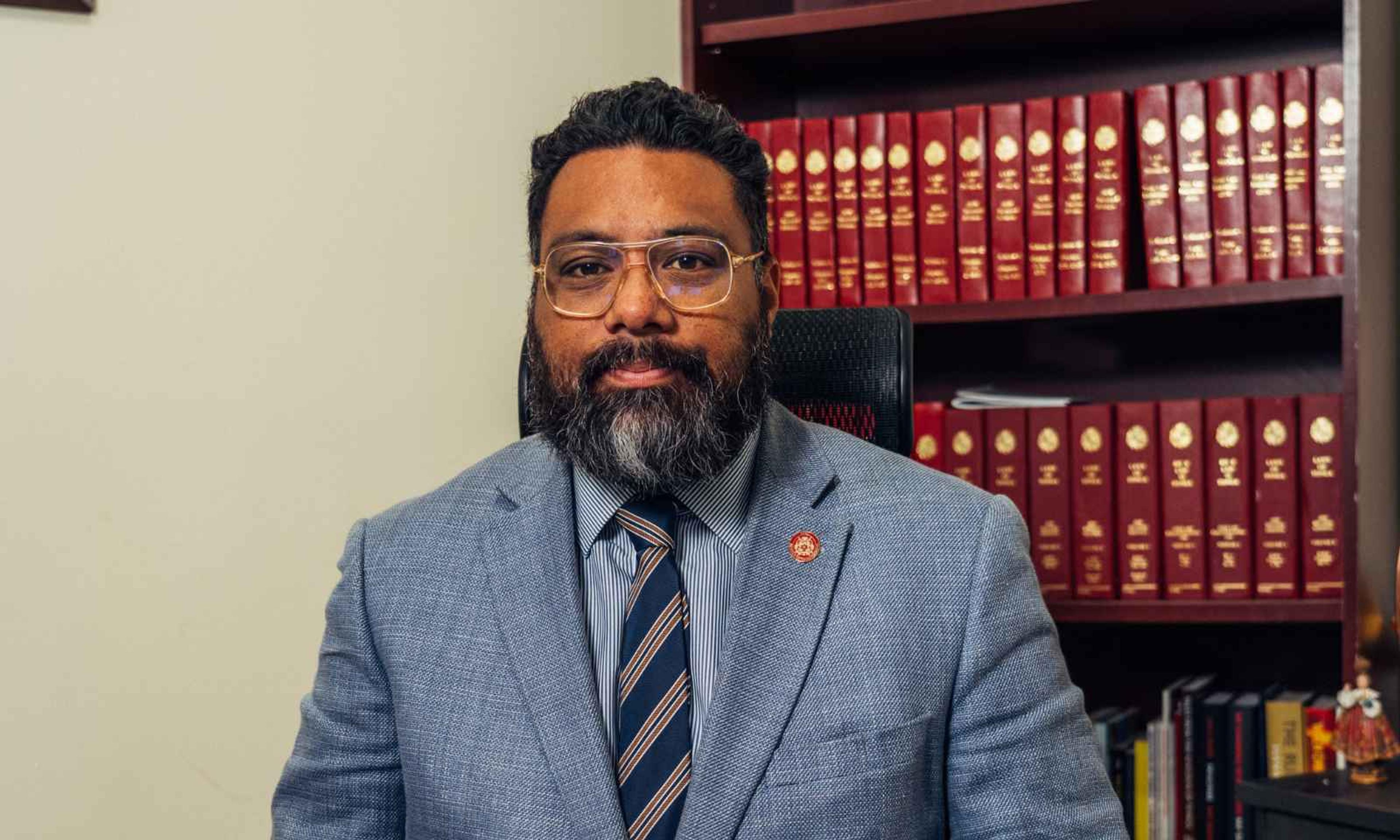

Pacific research marks 25 years of tracking children into adulthood


Sāmoa court blocks withdrawal of Falealili I election petitions

Last month’s general election victory by the Faatuatua i le Atua Sāmoa ua Tasi (FAST) party carried a clear message, a promise of deeper diaspora engagement and a renewed sense of inclusion for Sāmoans abroad. Yet just over a month after that win, and with the new government’s first budget finally presented last week, that promise appears caught between ambition and caution.
The new administration’s delayed 2025/2026 Budget, its first since the snap election, is more about steadying the ship than reshaping its course. It focuses on completing unfinished work from the previous term rather than pursuing the kind of fiscal overhaul that could have cemented the diaspora as long-term partners in national development.
While it’s unfair to expect a complete overhaul of policy, fiscal or governance, within such a short period, the proposed budget does provide an outline of what Sāmoans are likely to see over the next five years.
Sāmoa is still operating on an emergency budget after the previous administration, led by Fiamē Naomi Mataʻafa, failed to pass its budget in May. That collapse led to the dissolution of Parliament, the formation of a minority caretaker government, and the August snap election that brought Laaulialemalietoa Leuatea Schmidt’s FAST government to power.
Now, the new ST$1.24 billion (NZ$787 million) central budget is expected to fund roughly seven or eight months of the current financial year. Some campaign pledges, like the expansion of the government’s flagship District Development Programme or Fono Faavae, have been written into the budget. But others, including the Seasonal Employment programme that has defined Sāmoa’s modern labour mobility, are being quietly scaled back.
For many years, Sāmoa’s economy has leaned heavily on three pillars: tourism, aid, and remittances. Finance Minister Mulipola Anarosa Ale-Molioo’s budget speech last week described remittances and seasonal work as a cornerstone of the economy. This crucial lifeline keeps families afloat amid rising living costs. At almost a third of Sāmoa’s GDP, remittances have not only cushioned inflation but helped build foreign reserves to record highs.
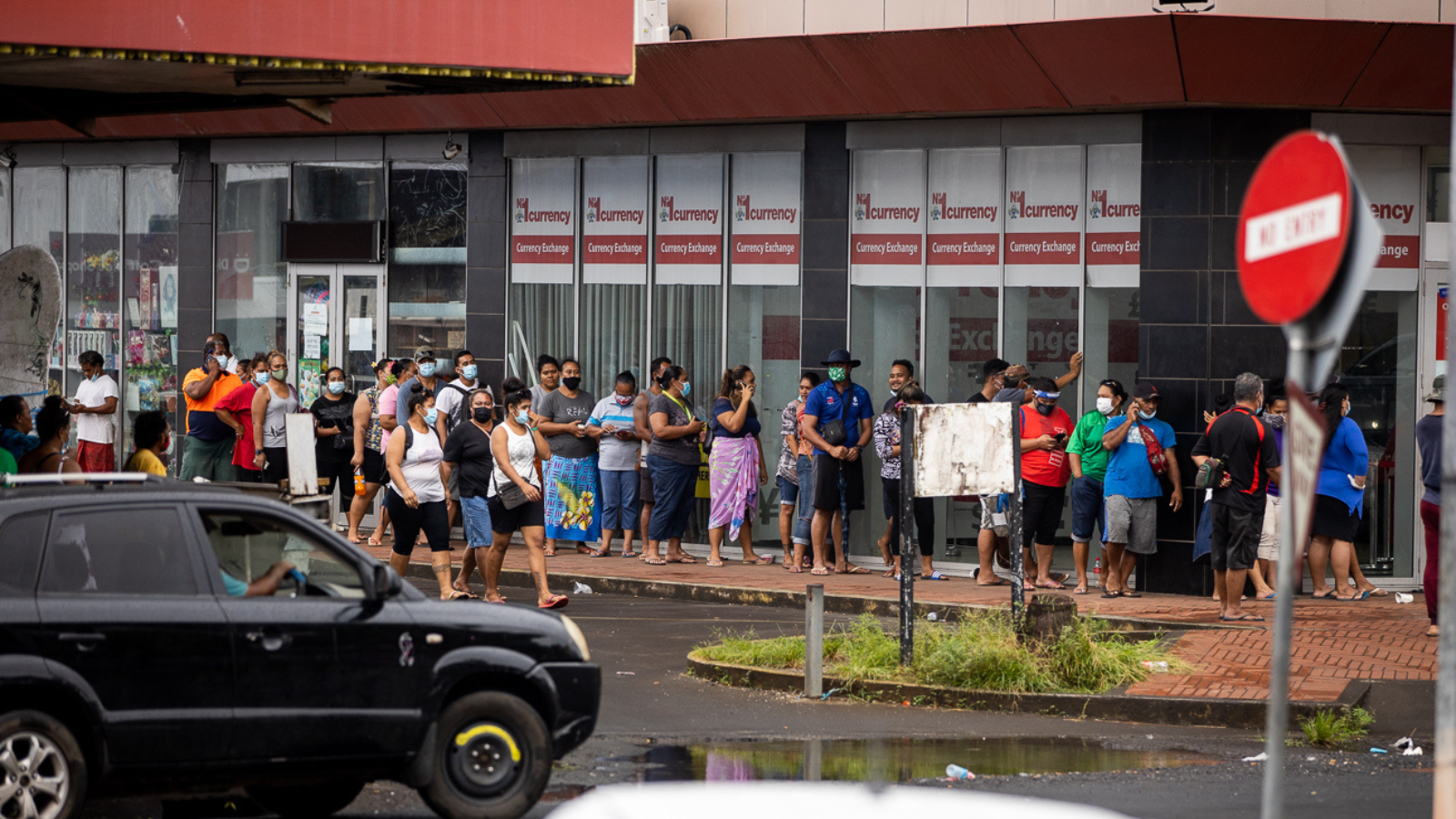
A typical scene in Sāmoa leading up to special events in the country: Long queues in Apia for money transfer services. Photo/Vaitogi A Matafeo/Sāmoa Observer
The data reinforces that claim. Remittance inflows rose from ST$732 million (NZ$464m) in 2021/2022 to more than ST$900m (NZ$571m) in 2024/2025. These funds come largely from Sāmoans deployed through Australia’s Pacific Australia Labour Mobility (PALM) and New Zealand’s Recognised Seasonal Employer (RSE) schemes, as well as from private senders. The budget, however, makes no distinction between the two sources - seasonal labourers and private senders - leaving a gap in understanding how much of Sāmoa’s recovery is driven by the labour export model.
The government’s own numbers tell a complex story. Despite a 2023 policy revision that expanded participation in overseas schemes to 6000 workers per destination, actual deployment has lagged behind. Last financial year, a combined total of just 6358 workers went abroad under RSE and PALM. Sāmoa could not meet the policy totals due to implementation challenges, Mulipola says.
More striking is the shift in tone. What was once celebrated as a national success story is now presented as a social dilemma. “While the Government acknowledges that these labour schemes have boosted remittances and fostered valuable skills development, it needs to take a much more balanced approach given the increasing social issues,” Mulipola says in her budget address.
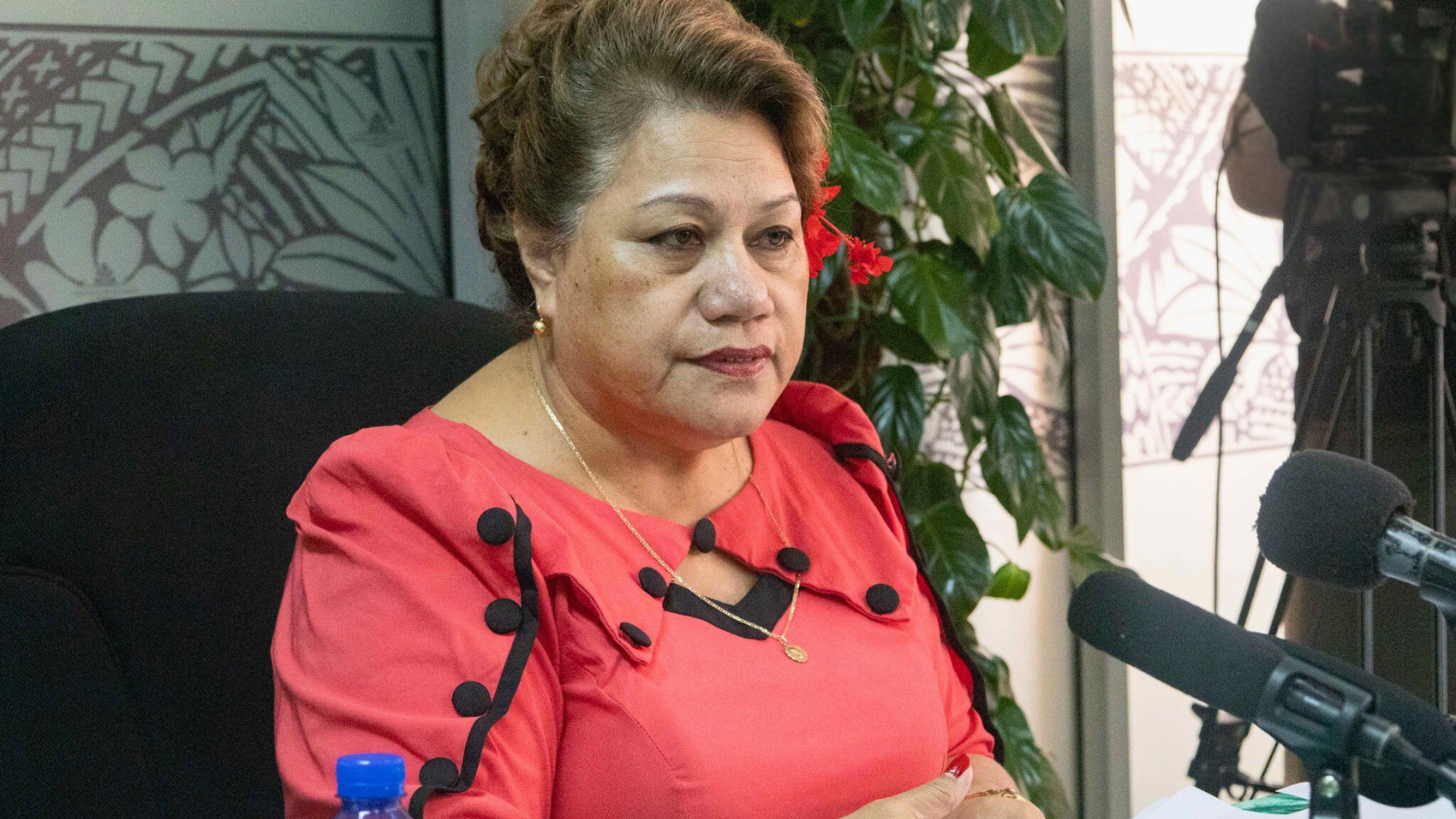
Mulipola Anarosa Ale-Molioo is Sāmoa's Minister of Finance. Photo/Government of Samoa
That “balanced approach” appears to mean slowing down. The Budget’s cautious framing suggests a reassessment of the actual cost of migration, namely the toll of prolonged family separation and associated social problems and labour issues. It is an ambitious pivot from economic pillar to social repair.
This reassessment doesn’t just reshape Sāmoa’s labour mobility; it also redefines what diaspora engagement might mean in practical terms. If the government scales back the seasonal work program, remittances will likely decrease. What does that mean for the economy? Can Sāmoa’s diaspora community carry the bulk of those remittance expectations?
The budget itself is less optimistic if seasonal work is cut back. At ST$900m (NZ$570m) in annual inflows, remittances are the financial backbone of the island nation, even more than all export earnings and tourism combined. Any reduction would mean a direct impact on families - less cash for food, school fees, and housing, while goods and services tax and imports would also likely fall. The foreign reserves, which currently cover 15 months of imports, are built on those remittances.
The ruling party’s manifesto recognises the dependency and calls for better policies. But its solution, which is focused on management and planning, may underestimate the effort required for institutional and cultural change.
The real challenge is that no domestic sector is ready to replace seasonal employment. Even with a boost in tourism or an improvement in exports, there is no immediate alternative that could bring in nearly a billion tala a year. The gap between what Sāmoa earns from its people abroad - via seasonal work and private senders - and what it produces at home is vast.
In the meantime, the promised National Workforce Plan should provide a more definitive outlook and outline the future of seasonal employment over the current and future terms.
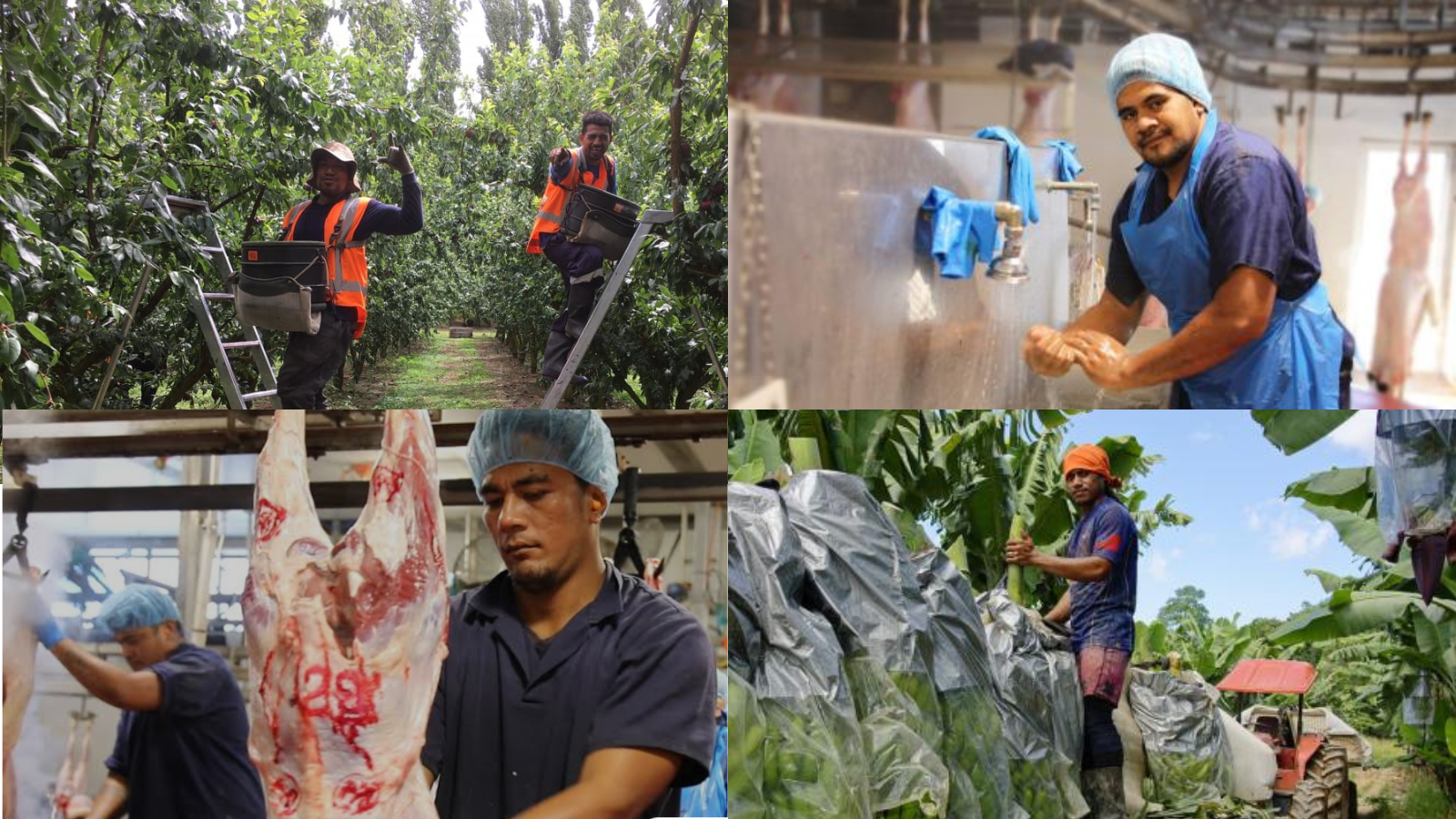
Remittances accounted for ST$900 million (NZ$571m) last financial year, with a significant portion coming in from seasonal workers deployed in Australia and New Zealand. Photo/Supplied
For now, the new government has paused all Fono Faavae (District Development Offices) and their operations—a significant move, as these offices are the primary channels for seasonal employment recruitment and district-level coordination. Before the budget presentation to parliament, Mulipola had already announced that a reset is needed, with new appointments and a new national steering committee to oversee the programme. A timeframe for completion has not been given, and in the meantime, seasonal workers expecting to take up contracts over the coming months will have to wait.
Already, frustration is surfacing. Newly elected MP Taioaliiseu Taimalelagi Saunia Fiti says he was never informed about the reset process: “Who appoints the committee members if I have not been informed? I noticed that the deadline for submitting names for committee members ended last Friday. MPs are the ones entrusted by the districts to be their leaders.” His remarks reflect the frustration of the government’s opposition about who really controls the new structure, and whether local leadership is being sidelined.
Opposition leader and former Prime Minister Tuilaepa Sailele Malielegaoi has gone further, arguing that the alii ma faipule (traditional councils) must have a say in the appointments. He has also raised alarms over the government’s projected cash deficit of over ST$200m (NZ$133m), questioning the ruling party’s capacity to pay public servants on time. “During our long term in government, this has never happened,” Tuilaepa says, warning that the shortfall points to a far more serious financial situation than the government admits.
For the FAST government, these are early tests of both political and fiscal credibility. It must deliver on its promise to empower local communities and the diaspora while navigating an economy that remains vulnerable to external shocks and dependent on the labour of its people overseas.
That dependence is both the strength and weakness of Sāmoa’s economy. In its budget, the government refers to the diaspora as “our partners” and thanks them for their faith, but the context doesn’t feel appropriate for seasonal workers. In this context, the concepts of partnership and gratitude seem more applicable to diaspora communities than it does to seasonal workers.
Mulipola answers questions on the 2025/2026 budget:
If remittances are the economic engine, diaspora policy will be its maintenance plan - ensuring that the flow of money, skills, and investment remains consistent, especially if fewer seasonal workers are sent abroad.
Is Sāmoa’s diaspora - as in those who usually reside in New Zealand, Australia, the United States, and beyond - ready for such a responsibility?
The challenge is not only economic but moral: how to sustain the flow of remittances without draining the heart of Sāmoa’s workforce. The government’s cautious tone signals that it understands the trade-off. But if engagement with the diaspora becomes more symbolic than structural, or it proves to be too burdensome for Sāmoa’s “global family”, the vision of shared prosperity between Sāmoa and its people abroad could fade just as quickly as it was promised.